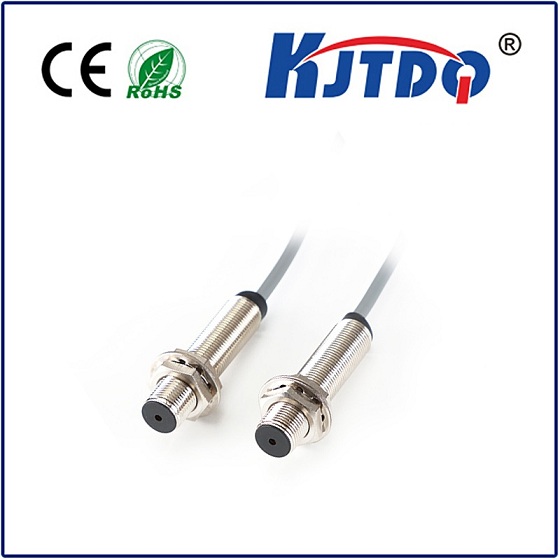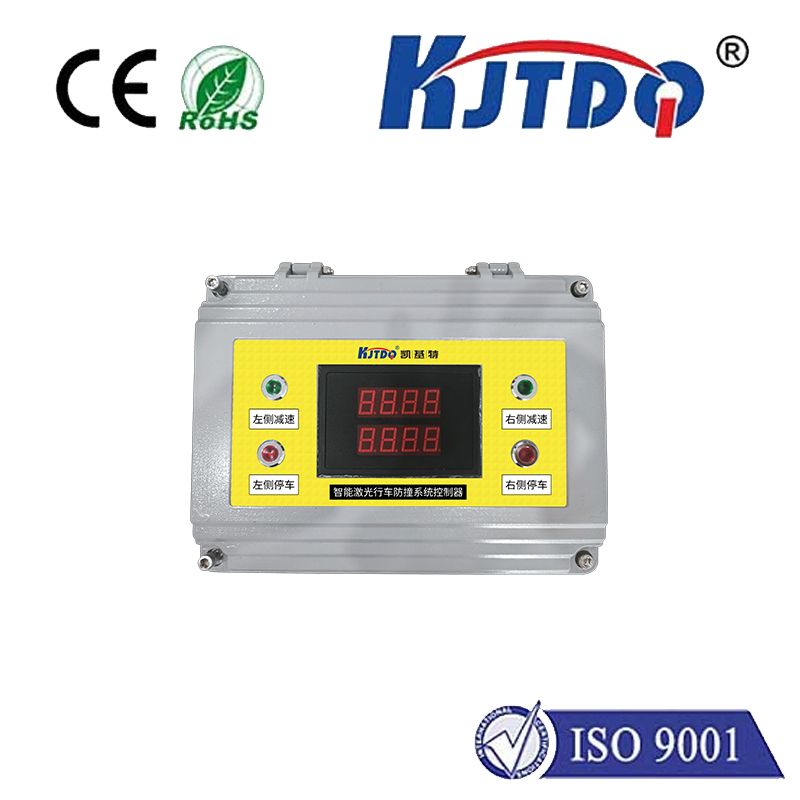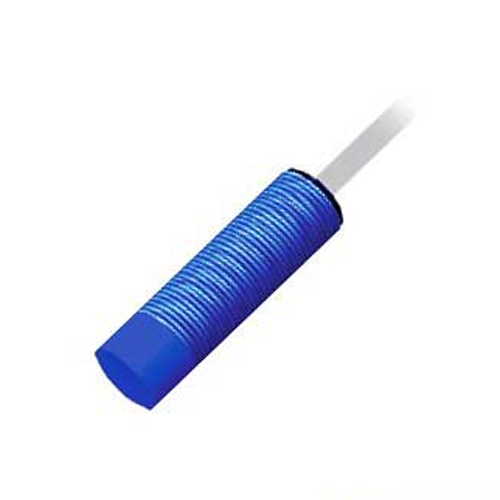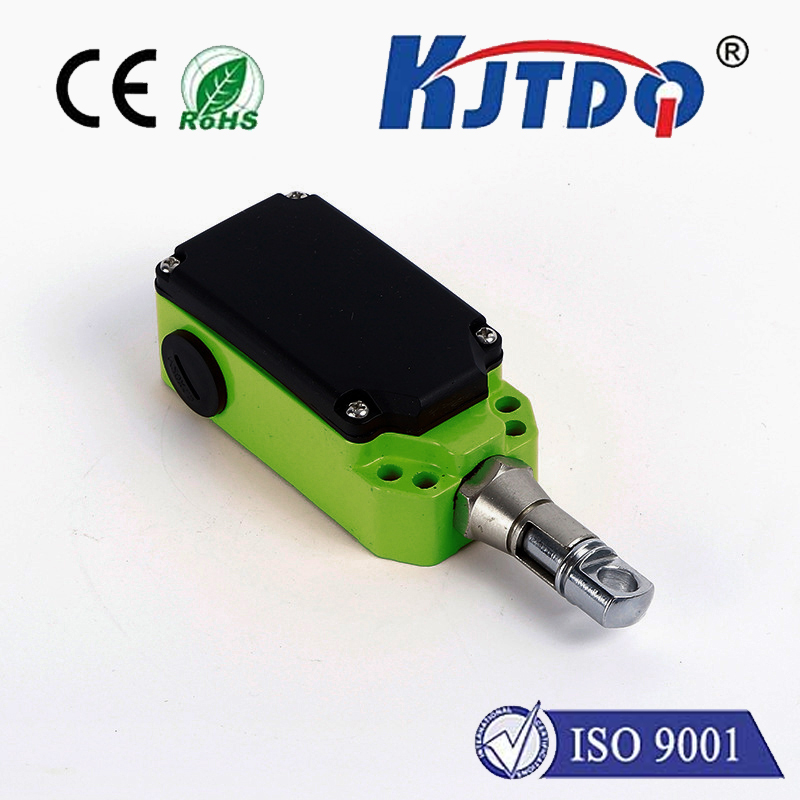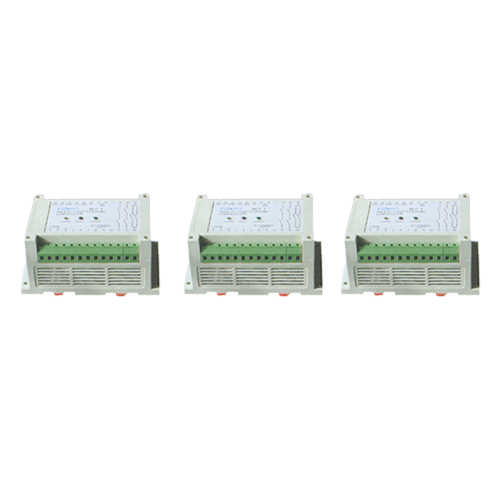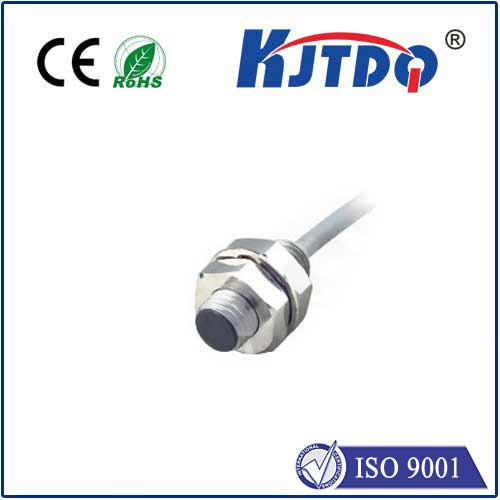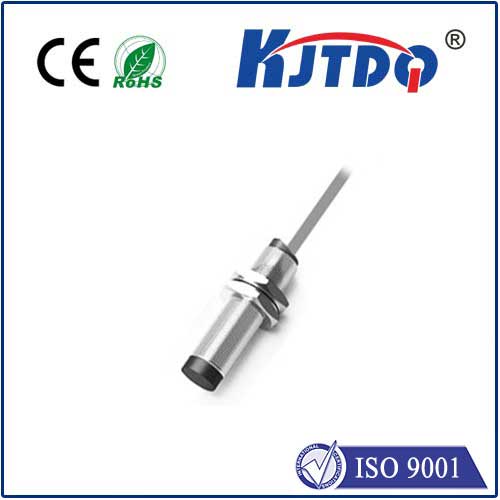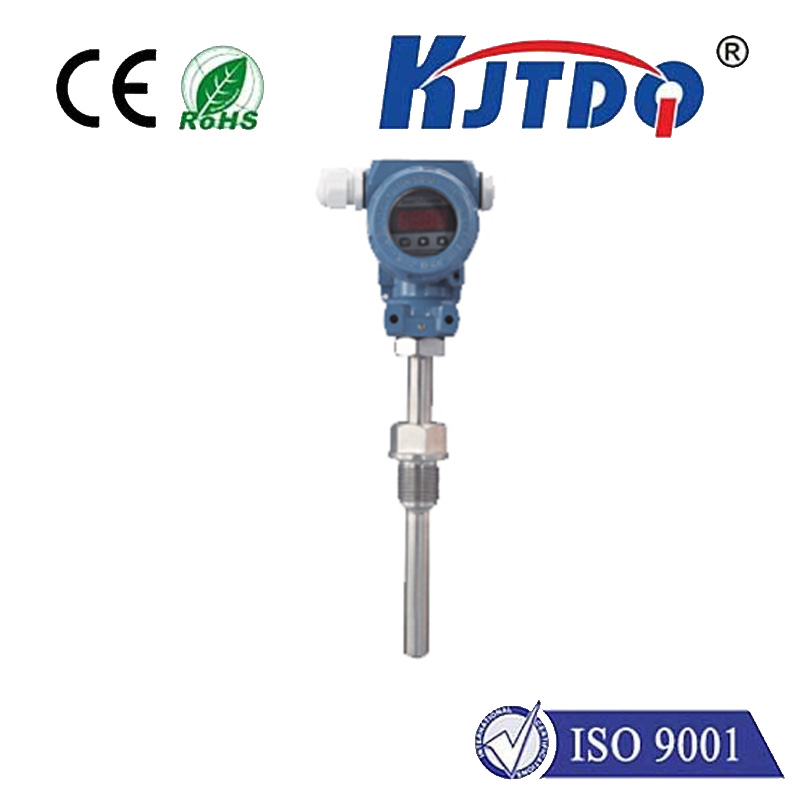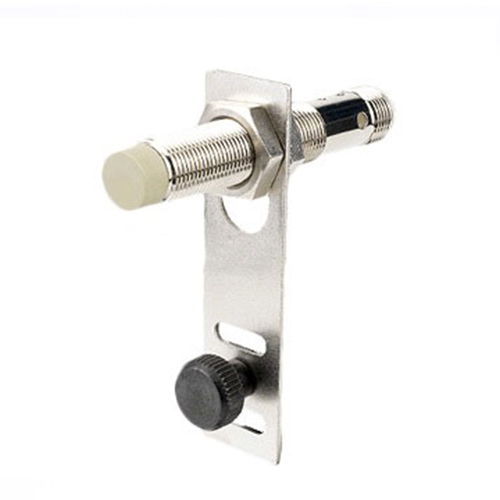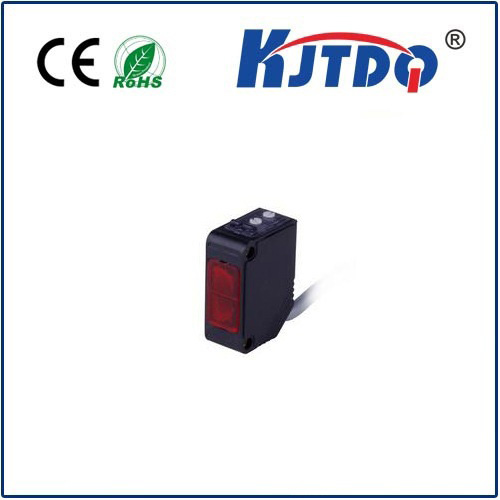

check

check

check

check

check

check

check

check

check

check
Proximity sensor devices have become increasingly popular in recent years due to their ability to detect and measure distance with high accuracy. These tiny sensors are embedded in various products and systems, from smart home appliances to industrial automation systems. In this article, we will explore the potential of proximity sensor devices in different industries and how they can be leveraged to improve efficiency, security, and user experience.
Introduction (50 words)
Proximity sensor devices are non-contact sensors that use electromagnetic or infrared radiation to determine the distance between two objects. They have numerous applications in various fields, ranging from healthcare to manufacturing. This article aims to provide a comprehensive overview of the benefits and limitations of using proximity sensor devices and highlight some real-world examples of their implementation.
Section 1: Healthcare (100 words)
One of the most promising applications of proximity sensor devices is in healthcare. For instance, wearable devices such as fitness trackers and smartwatches can use proximity sensors to monitor vital signs and detect falls. Additionally, medical robots can use these sensors for tasks such as patient monitoring and surgeries. The use of proximity sensors in healthcare can improve patient safety and increase accessibility.
Section 2: Transportation (100 words)
Proximity sensor devices play a crucial role in the transportation industry, particularly in autonomous vehicles. These sensors allow self-driving cars to detect obstacles, pedestrians, and other vehicles in real-time, enabling safer and more efficient travel. Proximity sensors also enhance traffic management systems by detecting congestion and optimizing routes. As self-driving technology continues to advance, proximity sensors will likely become even more critical for ensuring road safety.
Section 3: Manufacturing (100 words)
Manufacturing processes often involve complex machinery and equipment that require real-time monitoring and control. Proximity sensor devices can help manufacturers achieve this goal by providing accurate distance measurements between machines and objects. This information can be used to optimize production processes, reduce downtime, and improve product quality. Additionally, proximity sensors can detect when machines need maintenance or repair, reducing unexpected breakdowns and improving efficiency.
Conclusion (50 words)
In conclusion, proximity sensor devices offer numerous advantages across various industries, including healthcare, transportation, and manufacturing. While their potential is vast, it's essential to consider the limitations of these devices in particular applications, such as interference from other electronic devices or limited range. As technology continues to evolve, it's likely that proximity sensor devices will become even more prevalent in our daily lives, transforming the way we interact with technology and each other.
